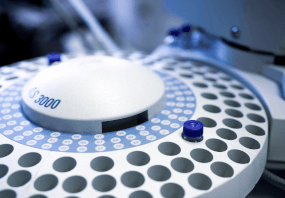General description
Cardiolipin (CL) is a complex lipid with a dimeric structure. It has four acyl chains and two phosphatidyl moieties. Its phosphatidyl moieties are linked to the glycerol backbone. Around 15-20 percent of the inner mitochondrial membrane accounts for cardiolipin.
Cardiolipin is a unique phospholipid found exclusively within the mitochondrial inner membrane. This specific localization allows Cardiolipin to exert crucial influence on mitochondrial structure and function. Deviations in Cardiolipin content, structure, or localization can lead to impaired mitochondrial activity, contributing to various diseases like cancer, neurological disorders, cardiovascular conditions, and metabolic diseases. As Cardiolipin plays a crucial role in mitochondrial function, it holds immense potential for biomarker development and finds application in cardiovascular, neuroscience, cancer, diabetes, and metabolomics research.
Application
Cardiolipin solution from bovine heart has been used:
- for coating Corning 96-well enzyme immunoassay/radioimmunoassay (EIA/RIA) plate to perform enzyme-linked immunosorbent assay (ELISA)-based cardiolipin binding assay
- in lipid analysis along with phosphatidylglycerol (PG) to comigrate the radiolabeled lipids to identify PG and cardiolipin (CL)
- in coating ELISA plates for antiphospholipid antibodies (aPL) assays
Biochem/physiol Actions
Cardiolipin (CL) plays a key role in mitochondrial biogenesis, fusion and fission, respiration, and protein import. It participates in the cellular processes outside of the mitochondria like cell wall biogenesis, aging, vacuole homeostasis, the cell cycle, and apoptosis. CL is also involved in heart function, autophagy/mitophagy, and the protein kinase C (PKC) pathway.
Cardiolipin is a mitochondrial phospholipid that is found in mammalian tissues in low concentrations. It is often a membrane component and can inhibit cell attachment of fibronectin, vitronectin, and type I collagen.
Features and Benefits
- High-quality molecule suitable for mulitple research applications
- Commonly employed in Metabolomics and Biochemical studies
Other Notes
>80% polyunsaturated fatty acid content, primarily linoleic acid.
Physical form
Approximately 5 mg/ml in ethanol.
- UPC:
- 51322007
- Condition:
- New
- Availability:
- 3-5 Days
- Weight:
- 1.00 Ounces
- HazmatClass:
- No
- MPN:
- C1649-10MG












